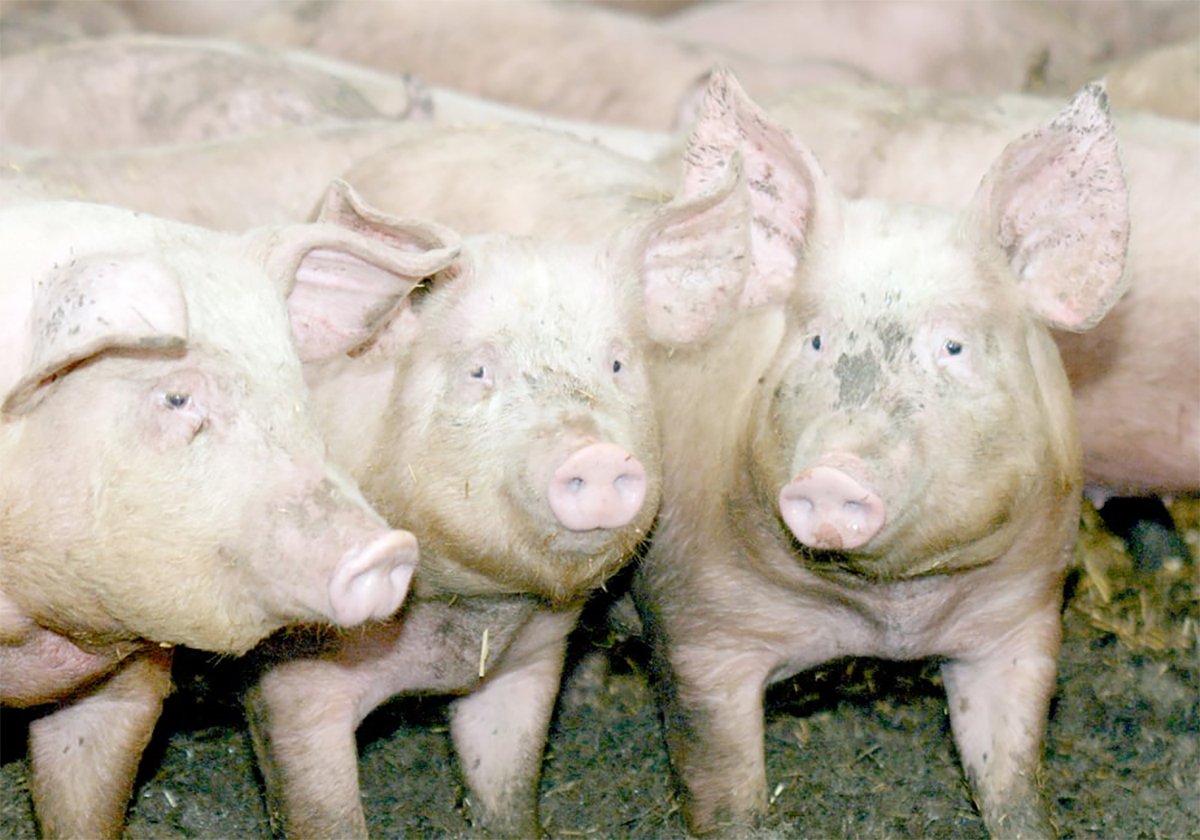BOW ISLAND, Alta. – A new durum variety ready for commercial seeding next spring should fit international demand for strong gluten levels, yellow pigment for brightly coloured pasta and low cadmium levels.
AC Strongfield from the Agriculture Canada breeding program at Swift Current, Sask., could become the new standard for conventional strength durum and address international customers’ demand for low levels of the heavy metal cadmium.
“We spent 10 years changing over our breeding material for low cadmium and we slowed up on other things like sawfly resistance and wheat smut resistance,” said plant breeder Bob Clarke.
Read Also

The Western Producer Livestock Report – October 2, 2025
Western Producer Livestock Report for October 2, 2025. See U.S. & Canadian hog prices, Canadian bison & lamb market data and sale insight.
It was a compromise but Western Canada is one of the few durum growing areas to give the Europeans what they want.
“The European Union two years ago brought in a new standard for cadmium in grain crops,” he said at a crop tour of the John Crooyman pedigreed seed farm south of Bow Island in southern Alberta.
“The problem is that all of the soils on the great plains of North America have a fair bit of cadmium naturally in the soil,” said Clarke.
There are years where Canada and the United States could barely meet the international cadmium level standards. Plant breeders were able to find some natural genetic variation in durum grown in other countries and over time were able to replicate that trait for the Prairies.
The presence of cadmium in durum is not serious on its own but in areas with high levels of industrial pollution, Europeans worry about the cumulative effects on human health.
Cadmium does not appear to be a problem in wheat breads but has been found in higher levels in flax and sunflowers.
Strongfield is the first low cadmium durum to be released and from here on all new varieties must comply with this trait.
“For the last three years any of the lines going into the co-op test have to be low cadmium,” Clarke said.
Researchers lack statistics on yield from other regions as yet, but information from Swift Current research indicates Strongfield yields seven percent more than AC Avonlea and 14 percent more than Kyle in dryland conditions. It also appears to be less susceptible to leaf diseases even under irrigation.
Strongfield’s densely packed heads provide a better bushel weight over conventional varieties. Certified seed should be available after this year’s harvest for spring planting in 2006.
Robert Chapman of the Canadian Wheat Board urged caution when marketing new varieties, such as Strongfield.
He said it does not make good business sense to downplay the merits of past varieties that are still acceptable. As well, if there is not enough new variety crop available to fill orders, some new types may be sold as identity preserved orders or could be blended with older varieties.
“You’ve got to be careful in the early stages of an (identity preserved) program that you use it wisely and you don’t jeopardize your other markets,” said Chapman.
However, producing strong gluten strength varieties with less cadmium uptake from the soil could be advantageous, he added.
“The first country to solve that is going to have an advantage over the others in the marketplace.”
Chapman oversees about 1.4 million acres of durum across southern Saskatchewan and Alberta for the board.
About four million tonnes of durum for trade is anticipated. Dryness in the durum growing countries of Spain, Italy and Morocco could reduce supplies in the market by one million tonnes.

















